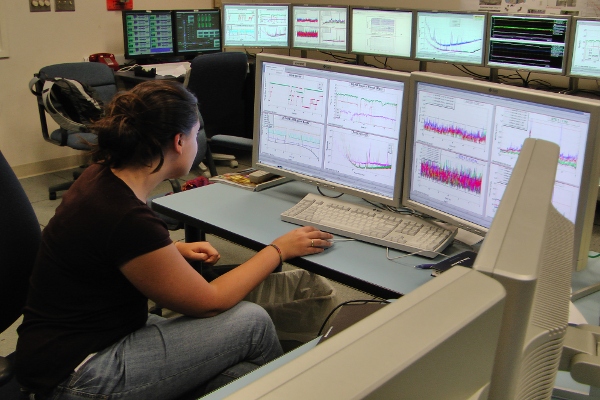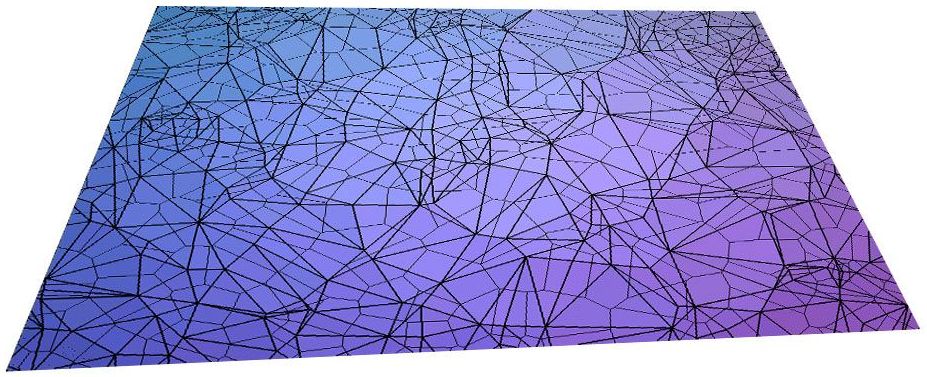Research
Published by admin on Tuesday, November 23, 2010
Ole Miss is at the forefront or modern research in experimental and theoretical gravity, astrophysics and cosmology. Here, researchers actively participate to the LIGO experiment. They study the emission of gravitational waves from astrophysical sources, try to understand the geometrical structure of space-time at the smallest scales, and contribute to the worldwide search for the ultimate theory of quantum gravity.
Experimental gravity
The goal of the LIGO experiment is to detect for the first time gravitational waves, explore the fundamental physics of gravity, and develop the emerging field of gravitational wave astronomy. Ole Miss is an institutional member of the LIGO Scientific Collaboration, contributing to the experiment in the areas of data analysis and detector characterization. One of the LIGO detectors is located in southern Louisiana, about four hours drive from Ole Miss. As part of their research, senior members of the LIGO Team and graduate students actively participate in commissioning and monitoring the instrument on site.

At work in the control room of the Louisiana LIGO detector.
Theoretical astrophysics and classical general relativity
Ole Miss hosts one of the most active groups working on binary systems composed of black holes and/or neutron stars. Our main goal is to use gravitational-wave observations of these binaries to test Einstein’s general relativity, to rule out alternative theories of gravity, and to tell black holes from more exotic alternatives. We are also exploring the astrophysical information carried by the full set of events that will be observed: LIGO will reveal important clues on the evolution of compact binaries and on their relation with gamma-ray bursts; LISA will tell us how the massive black holes lurking at the center of most galaxies were born, and how they grew during cosmic history. From a more theoretical standpoint, we are studying Einstein’s theory of gravity in the most extreme conditions with “numerical experiments” in which we smash black holes at speeds close to the speed of light.
This research crosses several fields, including astrophysics, post-Newtonian theory, perturbation theory of stars and black holes, numerical relativity, high-energy physics and gravitational wave data analysis. This page is a good starting point to see what we have been up to lately.

When galaxies collide, as in this image (credits: Hubble Space Telescope, 2004), the black holes at their center merge into a single black hole.
Quantum Gravity and Extra Dimensions
Over the past two decades, attempts to formulate a theory of quantum gravity focused largely on loop quantum gravity and superstrings.
Loop quantum gravity aims towards a rigorous quantization of gravity as a theory of space-time geometry. Ole Miss investigations focus mainly on how the quantum geometry of space-time at the smallest scales leads to classical general relativity at macroscopic scales. Specific problems studied here include calculating the macroscopic observational effects of the microscopic quantum geometry, and finding quantum states for gravity which appear like a classical continuum at large scales.
The existence of extra dimensions may lead to the exciting prospect that gravitational objects such as black holes and black strings could be created in man-made particle accelerators. Researchers at Ole Miss collaborate with high energy particle physicists in investigations of experimental signatures of these phenomena at the Large Hadron Collider and other particle accelerators.

|